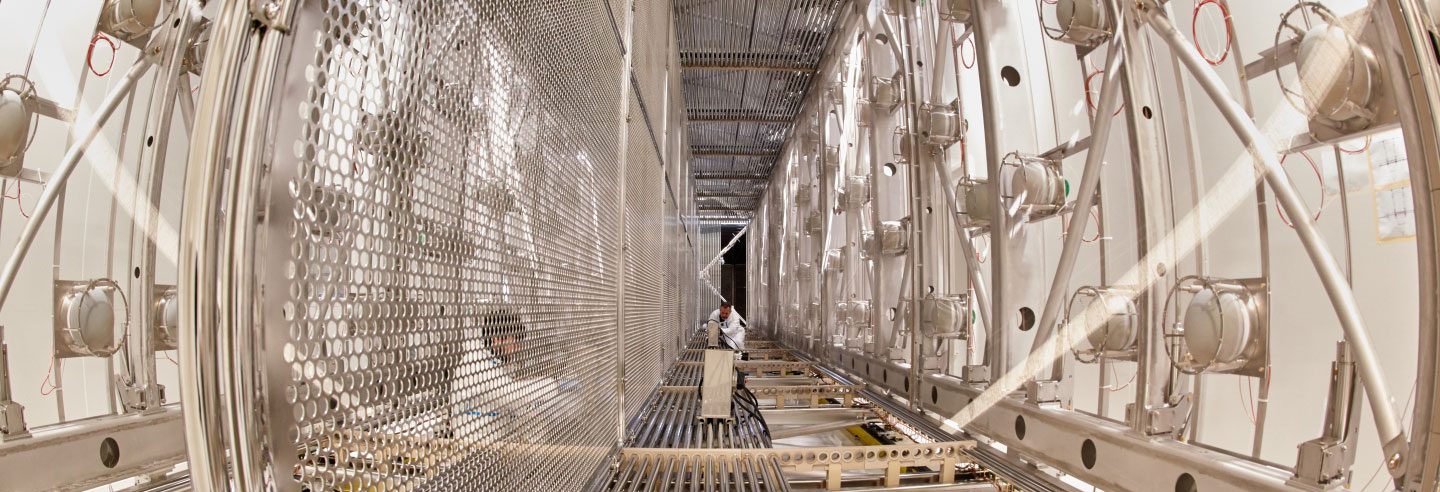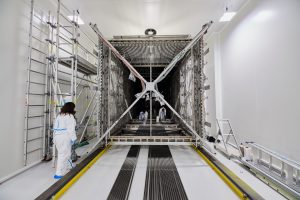ICARUS is the world’s first large liquid-argon neutrino detector, and the technology pioneered for the experiment will be the template for future neutrino experiments.
Scientists have observed three types of neutrino — the muon, electron and tau neutrinos — and have also observed them changing between types. Experiments such as the Liquid Scintillator Neutrino Detector (LSND) at Los Alamos National Laboratory and MiniBooNE at Fermilab have seen hints that these three types might also be changing into a fourth, called a sterile neutrino, one we have not been able to detect.
The ICARUS detector, along with its two fellow Fermilab neutrino hunters, called SBND and MicroBooNE, will use the lab’s neutrino beam to seek evidence of this fourth type of neutrino.
The ICARUS collaboration studied neutrinos at Gran Sasso National Laboratory in Italy — operated by the Italian Institute for Nuclear Physics (INFN) — from 2010 to 2013 under the leadership of Nobel laureate Carlo Rubbia. The ICARUS experiment pioneered the use of a new technology for spotting neutrinos using liquid argon, 760 tons of which fill the ICARUS detector. When neutrinos collide with argon atoms, they create charged particles that can be tracked. The detector produces beautiful 3-D images of those particles so scientists can study them. During its first run, the European particle physics laboratory CERN provided the beam of neutrinos that ICARUS studied.
In 2014 the detector was moved to CERN, where it has been refurbished and improved for its new mission.
Now at Fermilab, the ICARUS detector will join two others (the in-progress Short Baseline Near Detector and the MicroBooNE detector, which began recording neutrino tracks in 2015). Together, these three massive machines will search for the long-theorized but never-detected sterile neutrino.
ICARUS’s liquid-argon detection technology will also be adapted for the Deep Underground Neutrino Experiment (DUNE), Fermilab’s flagship. DUNE will use the technology to study the three previously observed types of neutrinos and how they change between one type and another.
Visit us on FaceBook.



